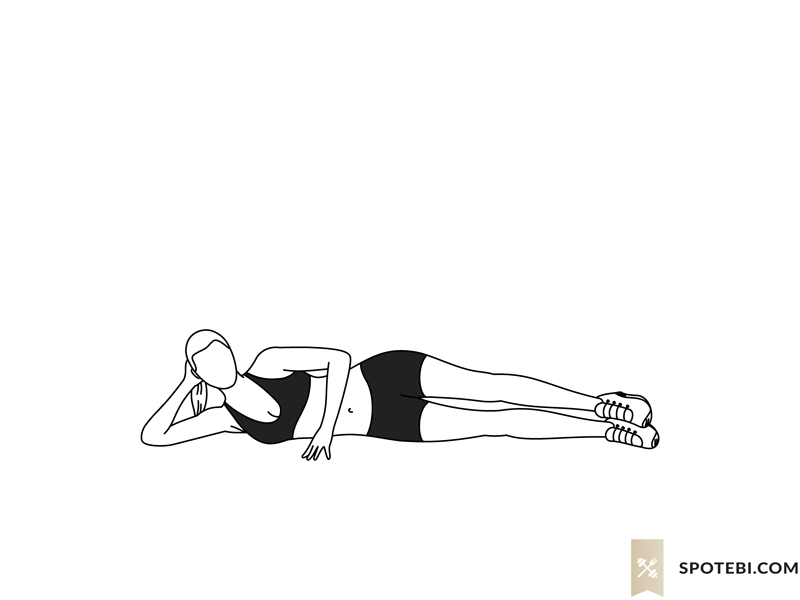

These two different research groups found muscle activity between 39 and 42% of maximal activity. Yet this paper got published, someone got a PhD and there was no mention of this simple possibility.įurther, previous papers by Ekstrom et al (2007) and Bolgla and Uhl (2005) investigated the exact same muscle during the same exercise. Something is wrong if your EMG process tells you someone is working close to near maximum yet they can do 8 repetitions. That in and of itself is a huge give away that your hip EMG stinks. Yet somehow they completed 8 repetitions. And the standard deviation was 42, suggesting that some people were over or near their maximal ability.

I have nothing against the sidelying leg raise but it does not recruit your hip abductors to more than 82% of your max. They found that the average muscle activity was 82 % (Standard Deviation = 42) of the subjects maximum. The authors found that the best exercise to activate the hip abductors was the side lying leg raise (hip abduction). But what the authors concluded does not make sense nor fit with any research before them.īrief Paper Findings and my perceived flaw Groups of physiotherapists have been touting its importance for years. This is an important muscle for spine and hip stability and is often implicated as problematic for Runners. The authors aimed to determine what was the best exercise to activate the Gluteus Medius. The paper looks good, I love the concept and the execution, the methods look totally appropriate but it does not make any sense. This study was published in the JOSPT by DiStefano (2009). I will now pick on a paper that has always bothered me. For example, tall guys with short torsos get very little abdominal challenges with modified curl ups (I had a subject with less than 15% of max whereas others would have 40-60% of max).Ī specific example EMG Research that you may want to questionĪ big problem with applying and interpreting surface EMG is the lack of a reader's and researcher's healthy skepticism. Further, there is a lot of variability across people in how they respond to different exercises - we have to be careful in how we generalize research to different patients. lots of EMG activity) in many people does not mean it works that hard in everyone. This means that just because a muscle looks like it works very hard (i.e.

What also happens is the huge amount of variability across people and within people in EMG readings that is not related to how active a muscle truly is. Don't get me started on the chiropractors that use surface EMG scans of people's backs to tell them they are dysfunctional - that is a lot of poppycock.

The problem is that you can't just say that because there is 56 volts (this is an arbitrary unit you might as well say 56 bananas) of activity in the vastus lateralis in Mary and 24 volts in Mary's vastus medialis that Mary is somehow deficient in her VM muscle. Surface EMG is messy and you are required to process the crap out of it to get something meaningful. I used surface EMG which quantifies the electrical activity of that portion of a muscle that was under the electrodes. doing it barefoot or on a wobbly surface - for a simple paper look here) changed the targeted muscles response. This was important for determining which exercises may be best for targeting a certain muscle or determining how modifications to exercises (e.g. I used to be a researcher (exercise biomechanics, physiotherapy, chiropractic) - one of my goals was to quantify how hard muscles worked during different exercises.


 0 kommentar(er)
0 kommentar(er)
